Chances are, if you glance around wherever you are right now, you’ll see a corrugated box or two. Maybe even more.
I’m sitting at my office desk and I currently see six. And no, I’m not a hoarder. All of my office supplies and printing paper were shipped in these boxes and can be neatly stored away in them, too.
Even in my home, there’s almost always a few corrugated boxes hanging out in the corner of my room or closet. I’m forever trying to clear out stuff and these boxes are where I put items for donation.
The particular box that’s near me now came from Trader Joe’s, which used to box up my groceries. Initially, Trader Joe’s received a shipment of frozen hash browns in this same box. As you can see, a single corrugated box can serve many purposes and is rarely single-use.
You probably take corrugated boxes for granted, but they play an integral role in our business and home life.
Corrugated boxes are ubiquitous in our homes and workplaces – whether you work in an office, a garage, a retail establishment, a restaurant, a fire station – or pretty much anywhere.
Most products are shipped in corrugated boxes and many products remain in these boxes for convenient storage. Many retail packaging boxes serve multiple functions before they work their way to the recycling plant.
It’s no wonder that the corrugated packaging industry is booming. And with an increasing ecommerce demand, coupled with consumers desiring more eco-friendly packaging options, it’s not looking to slow down anytime soon. Consider these stats:
- It’s estimated that the U.S. shipment volume of corrugated packaging will be around 443 billion square feet in 2023.
- The corrugated board packaging market was valued at over $262 billion in 2019, and is expected to reach nearly $400 billion by 2025.
- More than 95% of all goods consumed in North America are packaged and transported in corrugated packaging.
- There are over 1,100 corrugated manufacturing facilities in the U.S.
Corrugated boxes offer protection, are cost-effective, and can easily be customizable.
What’s not to love?
Deconstructing the Corrugated Box in Packaging
Most people refer to corrugated boxes as cardboard boxes, but they’re technically not the same.
This can lead to some confusion with the terms. Cardboard is a heavy-duty paper stock, commonly used for folding cartons and other applications.
You’ll find folding carton boxes lining grocery shelves are often made of cardboard. Think of a cereal or mac and cheese box. This type of box is not one you would expect to survive the shipping process. Toss one of these in the mail and they’ll likely arrive at their destination in tatters.
A corrugated box, on the other hand, is all about strength.
Corrugated boxes are made up of a liner and a medium. These sheets of paper are glued together. They’re typically made of three fiberboard layers, but can be even thicker.
The outer layer is called the linerboard or simply the liner. Liners are the flat material usually found on the outside of the board, but sometimes inside like in the case of a double or triple wall.
The medium is the wavy layer in the middle, which is called a flute. This inside player is what gives corrugated packaging boxes their strength and why they’re so commonly used for shipping and storage.
What Process Goes into Making Corrugated Shipping Boxes?
I’ll go out on a limb and assume that we all know that corrugated boxes start their life as a tree. That aside, let’s take a closer look at how these boxes are manufactured. Here’s an abridged look at the corrugated box process:
- The trees are cut down and bark stripped off.
- These logs are ground into wood chips.
- The woodchips are pulped using a chemical (sulfite and sulfate) or a mechanical (grinding) pulping process.
- A corrugated rolling machine makes the fluting.
- A corrugator machine presses and glues the layers of boards together.
- A die cutter cuts out features like flaps and scores creases.
- The board is cut and glued.
- And voila, you have a corrugated box.
If you want to delve even deeper and see the corrugated box making process in action, YouTube has a surprising amount of interesting videos of what goes into making corrugated boxes.
Corrugated Boxes: It All Starts With Paper
There are two main types of paper used for corrugated boxes – kraft and test.
Typically test paper is used for the inner liner and kraft paper for the outer liner of the box.
Kraft paper is more expensive than test paper, but is higher quality.
Kraft paper is made from softwood trees, such as Pine, Spruce, and Fir, and consists of 70-80% virgin chemical pulp fiber. It comes in several different versions, such as brown, white, mottled, fully bleached, and birch faced.
Kraft paper also has a smoother finish, which makes for better printability. It’s also more water-resistant, which affords added protection to the goods inside. And because of its higher tear and burst resistance, it’s stronger than test paper.
Test liners are usually made from hardwood trees that have short fibers, such as Oak, Sycamore, Birch or Chestnut, or recycled paper. Test paper is less expensive than kraft, but it’s less durable and harder to print on. That’s why test paper is often relegated to the inside of boxes, so it’s not as visible.
Get to Know the Different Flute Grades for Your Corrugated Boxes
The flute (the wavy part sandwiched between the liner) is what sets corrugated boxes apart from their cardboard cousin.
The flute size determines the thickness of the box walls and gives the box its stacking strength. Flutes are referred to by a letter that designates its size. They are measured by thickness and how many flutes per linear foot. Here are the most common flute sizes:
- A-Flute (33 flutes per linear foot) is the largest flute at 1/4” thick. Its thickness offers lots of protection and makes it a good option for fragile items.
- B-Flute (47 flutes per linear foot) is 1/8” thick. This is a lot thinner than A-flutes, but it’s deceptively strong. It’s often used for counter displays or canned goods. This flute is popular for die-cut designs.
- C-Flute (39 flutes per linear foot) is 3/16” thick. This is the one you’re probably the most familiar with, since it’s the most popular option for shipping boxes.
- E-Flute (90 flutes per linear foot) is only 1/16” thick, so it’s pretty thin. It doesn’t offer the strength of the larger flutes but does have some advantages. It’s sometimes used instead of paperboard for folding carton boxes. It’s efficient to store and is good for printing.
- F-Flute (125 flutes per linear foot) is 1/32” thick and is among the thinnest of the flute grades. It has a very smooth surface, so printed graphics will look sharp.
Picking the Right Wall Type for Custom Corrugated Boxes
Even if you know what flute size you want, you still have some important decisions to make.
Corrugated packaging comes in all types of wall thicknesses. Sometimes you only need a little protection for your products, while other times you want something heavy-duty. Here are your wall type options:
- Single-face: This is usually sold in rolls and is a single sheet of liner attached to one sheet of corrugated medium. It offers extra cushioning for delicate items. You might use this for added protection if you’re shipping something like wine glasses.
- Single-wall: This is one sheet of corrugated medium glued between two sheets of the liner. It’s the most common and is probably what springs to mind when you think of a corrugated cardboard box.
- Double-wall: This is more durable but less flexible.
- Triple-wall: This is the strongest, with three stacked corrugated sheets and four liner board facings. It’s used for industrial parts or sometimes for produce bins.
Different Packaging Styles of Corrugated Boxes
Another important component when picking the appropriate corrugated packaging box for your products is finding the right fit.
Corrugated boxes come in all shapes and sizes. You don’t want to have to cram your items, but you don’t want them swimming around either.
When selecting a box size, keep in mind that the internal dimensions of a box are written as length x width x height (L x W x H).
Here are some of the most common box style options to choose from that come in varying sizes:
- Regular Slotted Container (RSC): This one is the most common. Think of your classic shipping box. With this box, all of the flaps are the same length, with the two outer length flaps meeting in the middle when the box is closed. You need tape to secure the flaps.
- Full Overlap Container (FOL): This type of box has added strength since both sets of outer flaps fully overlap, making it double-layered on the top and bottom of the box.
- One Piece Folder (OPF): If you’ve ever ordered a book or other media materials, you’ve seen one of these boxes. They’re creased and slotted, then folded into a box.
- Full Telescope Design (FTD): As the name suggests, this box has a separate top and bottom that fit over each other. The double walls give it extra strength.
Of course, these boxes need to be closed up somehow. Most commonly, corrugated boxes are closed up with packaging tape, tuck-in flaps, or strapping for heavy-duty loads.
All of these choices can feel overwhelming, but there are many tools and services available to get you started on your quest for that perfect box. If you’re looking for a simple box, you can easily find a standard box template online.
When you need something more complicated, with features like full 3D models or designing your die-cut templates, there are some sophisticated software options, such as ArtiosCAD, Impact, or Packmage.
If you’re still unsure where to begin, request a free consultation with our packaging team for guidance about dielines, box styles, varnish and more that’s specific to your unique needs.
The (Many) Benefits of Corrugated Boxes for Shipping and Packaging
Boxes can be made out of all kinds of different materials, such as plastic, wood, metal, or paperboard, but there’s a reason corrugated boxes are such a popular option.
Let’s take a closer look at some of the benefits of this type of box:
Unrivaled Protection for Transportation and Shipping Safety
If your goods are being shipped in a corrugated box there’s a good chance they’ll arrive safely at their destination.
Corrugated boxes can protect even the most fragile items, including glass and chemical liquids. The tear-resistant qualities of corrugated cardboard are hard to beat and they have the added advantage of guarding against moisture, so food items are kept fresh.
The durability of corrugated boxes are one reason why so many companies use them as a staple of their shipping and fulfillment strategies.
Corrugated Boxes are Cost-Effective
The bottom line is important to all businesses. No one wants to waste money – especially on practical necessities.
Corrugated boxes are relatively low cost to manufacture. Most of the time, custom boxes cost less than you might expect.
Also, because they’re lightweight and can be easily stored, you can save money on storage and transportation costs.
Options for Custom Corrugated Boxes and Endless
Corrugated box options are almost limitless.
You can choose from all types of boards, weights, adhesives, coatings, treatments, flame resistance, static control – the list goes on.
These packaging boxes can also be folded into all kinds of different shapes and box sizes. And we haven’t even touched on the exhaustive graphic design options corrugated boxes afford.
There are all kinds of printing options so you can make your corrugated boxes unique to your brand.
Corrugated Packaging Boxes are Environmentally-Friendly
Corrugated cardboard material looks like it fits the bill for consumers’ thirst to do right by the environment. Accenture recently surveyed 6,000 consumers in 11 countries and found the following:
- 83% of respondents thought it was important or extremely important for companies to design products that could be reused or recycled.
- 77% thought plastic was the least environmentally friendly type of packaging.
- But the good news for corrugated boxes, 55% thought paper products were the best option for the environment.
Let’s look at some of the reasons, corrugated boxes get high marks for protecting the environment:
Corrugated boxes are easy to recycle
You have no excuses. In most places, you can just break down your boxes and put them in your curbside pick-up.
- According to the EPA, in 2018, around 32.1 million tons of corrugated boxes were recycled out of 33.9 million tons of total paper and paperboard recycling.
- That year the recycling rate for corrugated boxes was 96.5 percent.
Corrugated cardboard boxes are renewable
Corrugated packaging is made from a high percentage of recycled material (mostly in the 70-100% range). It can be manufactured from paper pulp that comes from fast-growing pine trees, or made from wood chips and other leftover materials.
Most corrugated box manufacturers get their paper from sustainable forests. No reputable paper company is going to be clear-cutting old-growth forests.
Nope, quite the opposite.
After all, it’s in the interest of paper companies to keep their supply going, so they’ll take actions like replacing harvested trees with seedlings.
Corrugated shipping boxes are reusable
Corrugated boxes are easily collapsible, so you can break them down and store them in the garage until you need one for your next move or another future use.
Corrugated packaging boxes save energy
Since corrugated boxes are mostly made using recycled materials, it takes less energy to produce them.
Most are made without dyes and bleaches, so that’s one less step in the production cycle. They’re also relatively light so you can save on transportation costs.
Corrugated boxes are efficient
A corrugated box offers a lot of protection so you don’t need it to be giant-sized or filled with excessive padding inside.
Additionally, corrugated cardboard boxes are easy to stack or collapse when not in use – so you don’t need as much space to store them.
Drawbacks of Corrugated Boxes for Shipping and Packaging
Corrugated boxes can handle many of your packaging needs, but alas, as we all know – nothing’s perfect. As with anything, there are a few drawbacks:
- A corrugated box, on its own, is not waterproof, so it’s not the best protection for the elements. If you leave a corrugated box in the rain it will eventually become a soggy mess.
- Both an unprinted or printed corrugated box does not have the strength of other materials, such as metal, so it might not be the best option for very heavy items.
- Sideways pressure may cause the corrugated cardboard to become deformed.
- It’s difficult for a corrugated box to maintain a pristine look. Because of its somewhat rough surface, even a box adorned with beautiful graphics may end up looking a little wrinkled and worn.
But no matter your business, corrugated boxes will likely play a role in your custom packaging or supply chain needs.
Testing Standards for Corrugated Packaging Boxes
Of course, if you’ve gone to the trouble of researching what flute grade and wall type you need – you understandably want some sort of assurance that the box will do what it’s supposed to do. And ultimately, that means protecting the products inside the box.
Merchants, shippers, and consumers want to know they can count on the box to keep its contents safe. No one wants to receive a mangled box full of broken items at the end of a journey.
Fortunately, corrugated boxes go through a rigorous testing process.
There are several tests, with the two main tests used today being the Edge Crush Test (ECT) and the Bursting (Mullen) Test.
These tests are important since most transportation companies, such as UPS, FedEx, airlines, and railways require shipping boxes to meet certain standards.
Here are four commons testing methods to consider for your corrugated cardboard boxes:
- The Edge Crush Test (ECT) measures the stacking strength of the box, which will let you know things like pallet shipping durability. ECT is a laboratory test method where the edge of the board is compressed between two plates. It’s measured in pounds per linear inch and is used to calculate the maximum compression force a box can withstand.
- The Bursting (Mullen) Test measures the force needed to rupture or puncture the corrugated cardboard. This test gives you an idea of how well a box will protect the goods inside during shipping.
- A Flat Crush Test measures the resistance of corrugated paperboard to flute crushing. This will help you determine how much pressure you can safely apply to your box during the printing process, whether you choose digital or offset printing.
- A Water Absorption Test (COBB) measures how much water corrugated fiberboard absorbs over a specified time under standardized conditions.
Box Maker’s Certificate (BMC)
These test results aren’t hidden away in a lab notebook somewhere.
Nope, the results are often right in front of you.
You’ve probably seen a circular stamp on the bottom of many corrugated boxes.
Maybe you haven’t given it much thought, but that little stamp is chock full of information. It’s called a Box Makers’ Certificate (BMC) and has been widely used since around 1968, when the trucking and rail industry started relying on them.
Today, this stamp is found on the bottom flaps of many corrugated boxes.
Let’s take a look at what information you will find on a BMC:
- The name of the manufacturer and where the box was manufactured. This information is found in the outer ring of the circular stamp.
- Something along the lines of, “This Singlewall box meets all construction requirements of applicable freight classification.”
- The bursting test information (lbs. per sq. inch), or edge crush test information (lbs. per inch).
- The size limit (often given in inches).
- The gross weight the box can support. (Keep in mind this is the very upper limit. It’s best to leave a little cushion.)
A Box Makers’ Certificate (BMC) doesn’t guarantee the box will protect the goods inside, since it doesn’t take into consideration things like moisture resistance, and of course you are responsible for any necessary padding inside.
But, it’s a good starting point. At least you’ll know it’s not a good idea to cram a heavy barbell into a box only rated for ten pounds.
In addition to the BMC, you may find other stamps on a corrugated box – depending on what is being shipped.
Glassware, hazardous materials, and food often require additional stamps. And many corrugated box manufacturers like to advertise their environmental credibility – so you might see stamps like “recyclable” or “sustainable forests” on the bottom of some boxes.
Don’t Settle for Dull Corrugated Boxes: Add Excitement to Your Packaging Design
What comes to many people’s minds when they hear the term corrugated box is a drab, brown rectangular-shaped box.
Sure, this classic type of box serves a huge purpose, but corrugated boxes don’t have to be merely functional. They can also be used to enhance the unboxing experience and to pump up brand recognition.
Don’t limit yourself to a boring shipping box; add some pizzazz.
Why not take advantage of the advertising space?
Go on and plaster your company name or logo on your custom boxes or seal them up with some custom packing tape. It’s easy enough to change up the look of your boxes, so you can even use different designs for holidays or the changing seasons.
If you’re not sure where to start, here are some examples of companies that are making corrugated boxes their own with incredible product packaging design:
Fuego Box
It seems like there’s a subscription box for just about anything these days.
If you’re into adding some spice to your meals, then Fuego Box may be just what you’re looking for. Fuego Box specializes in craft and small-batch hot sauce. Their product is all about the heat and their corrugated packaging box beautifully reflects their brand.
Hot sauces come in glass bottles so, in addition to looking good, their boxes need to be protective. You can order one bottle at a time, but if you’re feeling adventurous you can try eleven different bottles in their “Tame-to-Insane” challenge box.
The eleven hot sauce bottles come in a large roll-end front tuck box with dust flaps. The front flaps lock into the main body for strength and security, while the side flaps keep out the dust.
Pop open the box and the inside is filled with deep orange and red colors that just imbue a sense of heat. You know you’re in for something spicy when you lift open the box. All eleven bottles are carefully nestled in cardboard cutouts, which gives a higher-end look and offers added cushioning.
FunFitFun
The outside of a corrugated cardboard box offers a large area to cram some serious branding. Some companies merely print their name or logo in a single color on the side of the box, but others go much bigger and bolder.
Lifestyle brand, FunFitFun has made full use of the entire corrugated box – inside and out.
Four times a year the company sends out ecommerce packaging filled with beauty, fitness wellness, and home items. They’ll never be accused of being drab. They cover the whole outside of their boxes with colorful graphics, which they change up to reflect the season.
As the brand’s name suggests, the boxes are all about projecting a fun, healthy vibe.
Custom Branded Packaging Tapes
Even if it’s not in your budget to plaster your corrugated boxes with your company logo and fancy graphics, don’t assume you can’t make your boxes unique.
You don’t have to go all out. You can add a little flair to your shipping boxes at just about any price point.
You’ve got to seal that box somehow. Custom packaging tape can serve a dual purpose – securely sealing your packages for transport and getting your brand noticed.
Using affordable, branding packaging tape around your boxes can go a long way. The classic example is, of course, Amazon. Their corrugated shipping boxes are simple, yet there’s no mistaking where that box is from once you see that recognizable black tape with the blue lettering.
But you don’t have to be a behemoth of a company to customize your boxes. Even small companies can order packaging tape to add interest to an otherwise ho-hum box. So, get creative, and design a tape that pops.
Patagonia
Corrugated boxes, for the most part, are rectangularly shaped for ease of storage and transport, but you don’t have to limit yourself. You can make them in just about any shape you want.
Outdoor clothing company Patagonia prides itself on its commitment to the environment and wanted its packaging to reflect that.
These hexagonal-shaped boxes are both eye-catching and functional. The corrugate was left in its natural state with minimal printing, but the shape gives these boxes a distinct look. Not only does the box design look cool. Corrugated cardboard can also easily be stacked on store shelves for a neat appearance.
Get Started with Customizable Corrugated Boxes
Corrugated paper has come a long way since it was first introduced in 1856 and used as a liner for top hats.
It’s hard to believe that something that’s been around since the 19th century is still so widely used today. There have been some improvements made to the material during the intervening years, but there’s a reason corrugated boxes have had such staying power.
No matter your business, corrugated boxes offer many options.
They can protect your goods, they’re easy to transport and store, they’re affordable, they can pump up your brand recognition, and they’re one of the better packaging options out there in terms of the environment. These boxes will likely be storing and moving items from one place to another well into the next century.
Ready to think outside the box? Let's get started!
Get in touch with a custom packaging specialist now for a free consultation and instant price quote.


.svg)
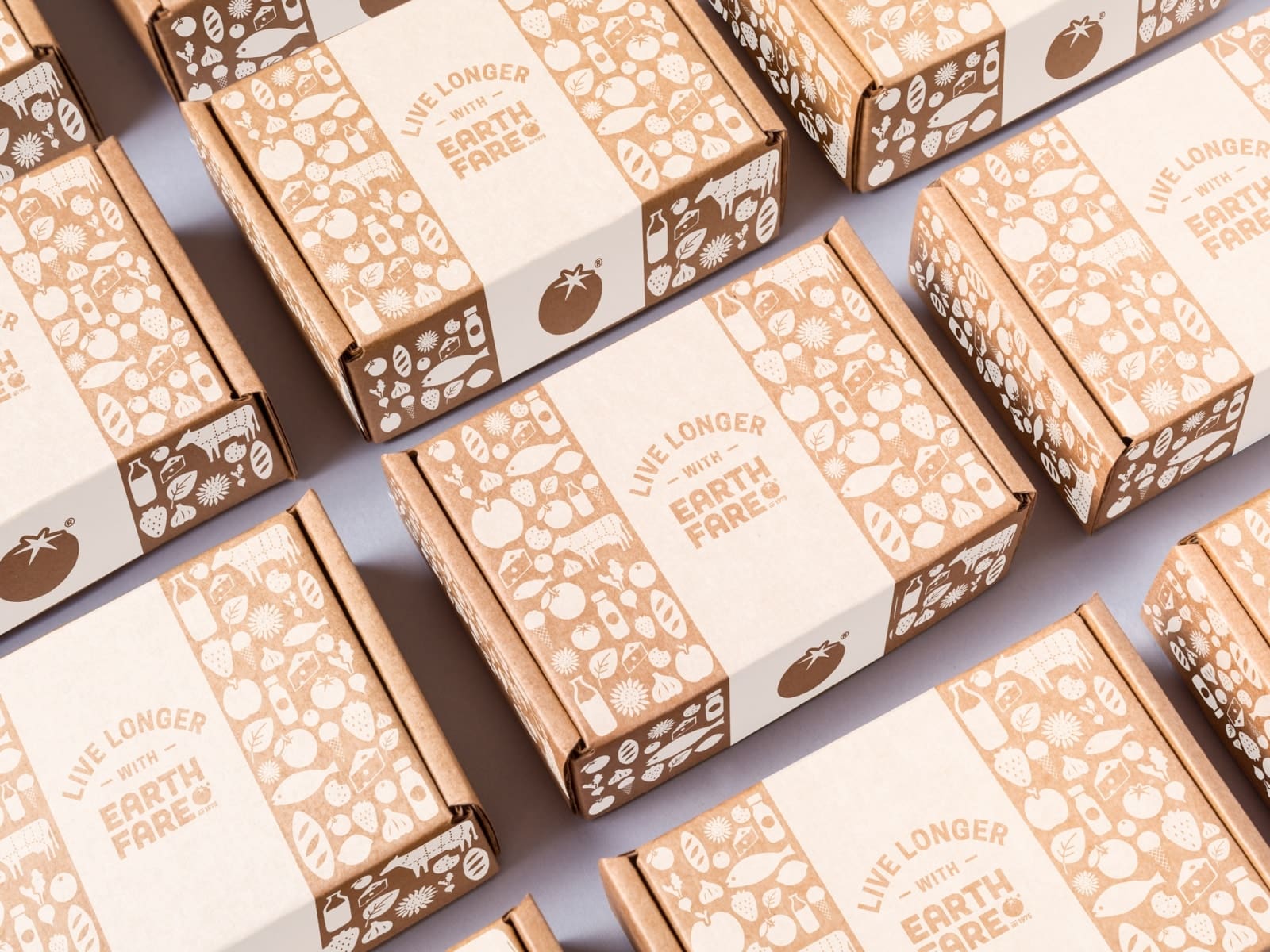


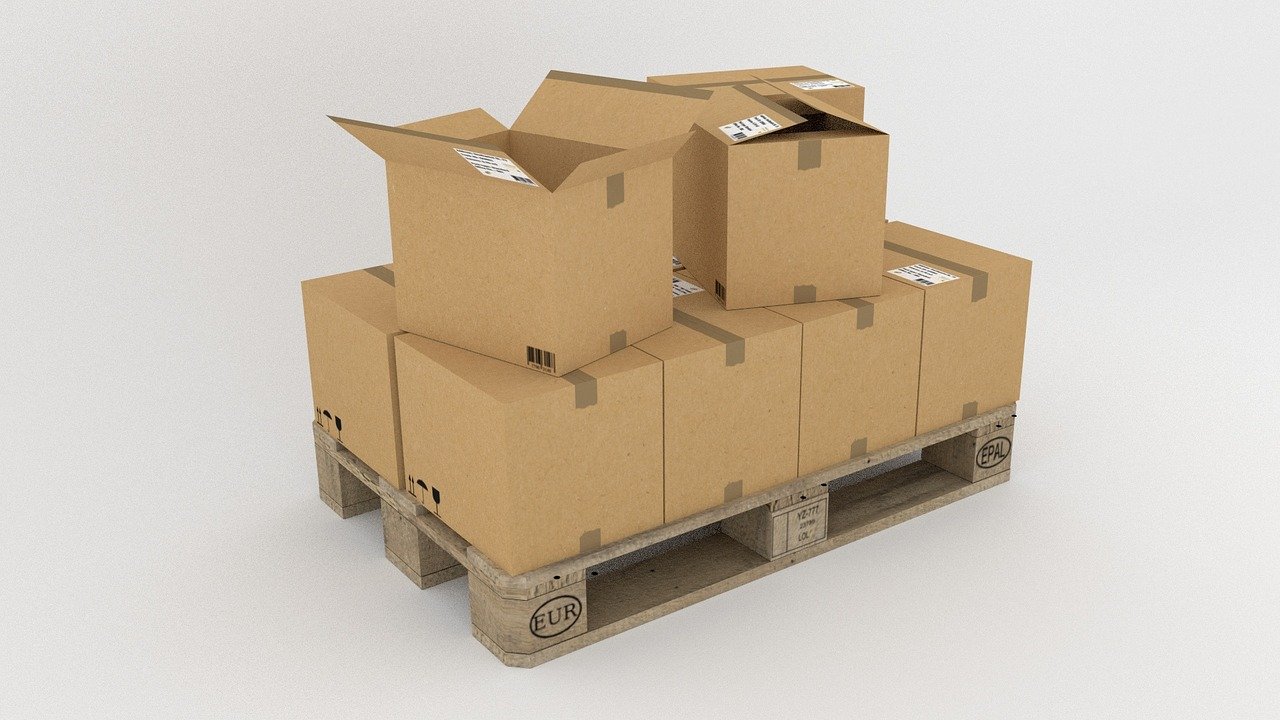
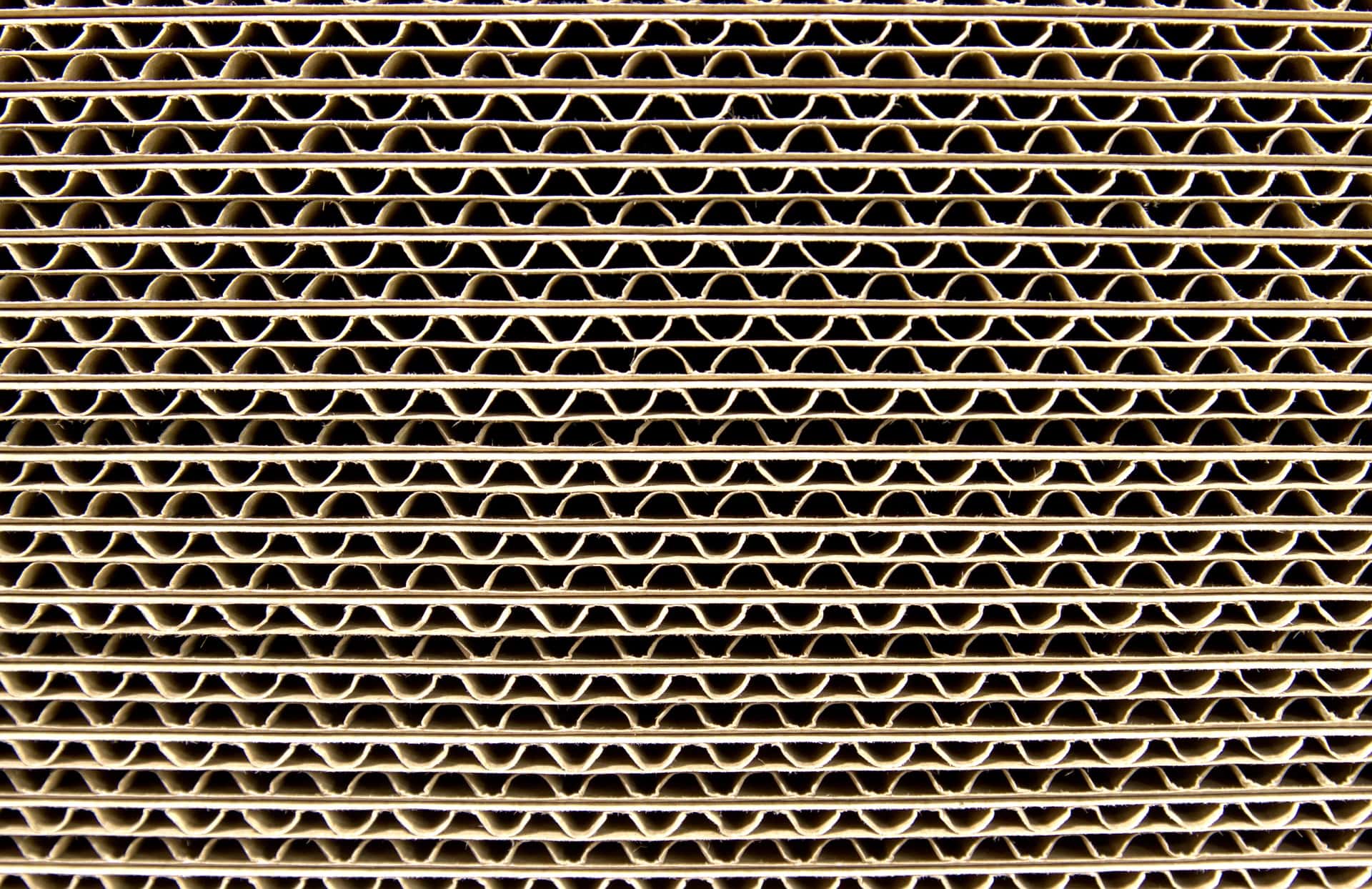

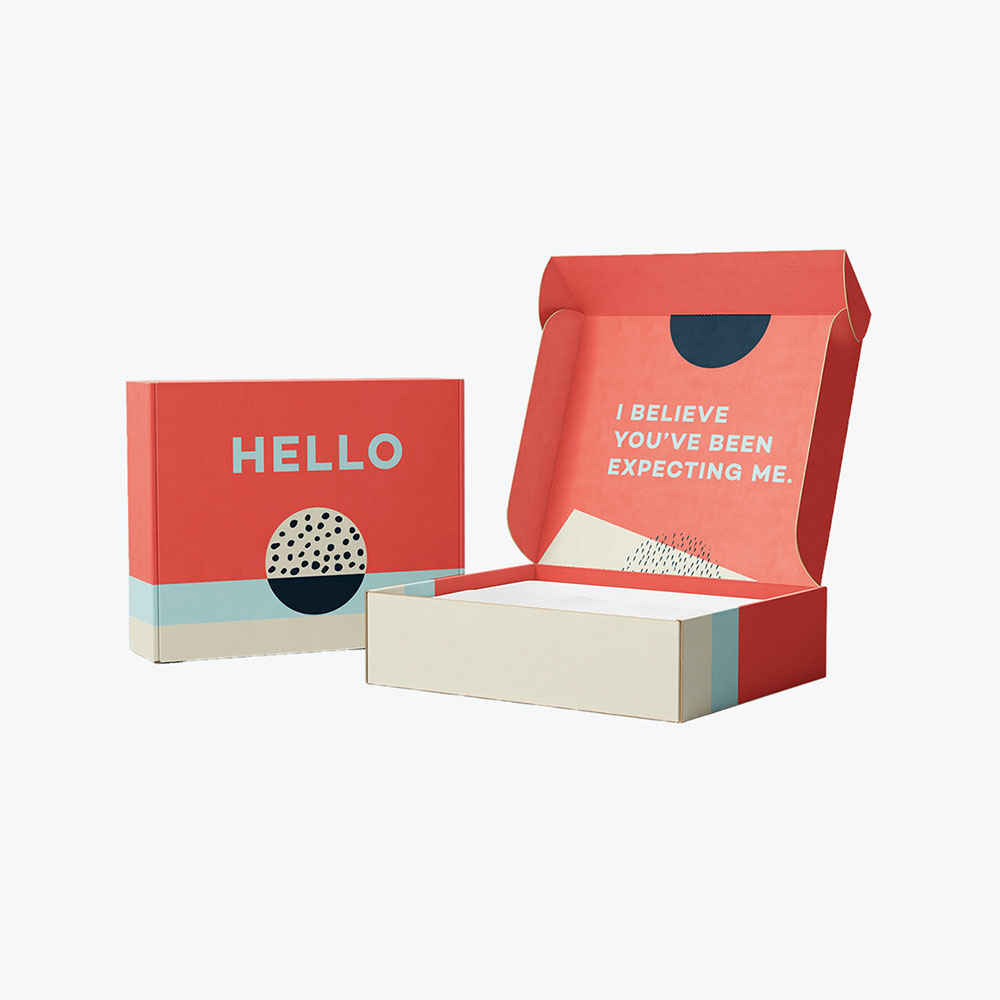
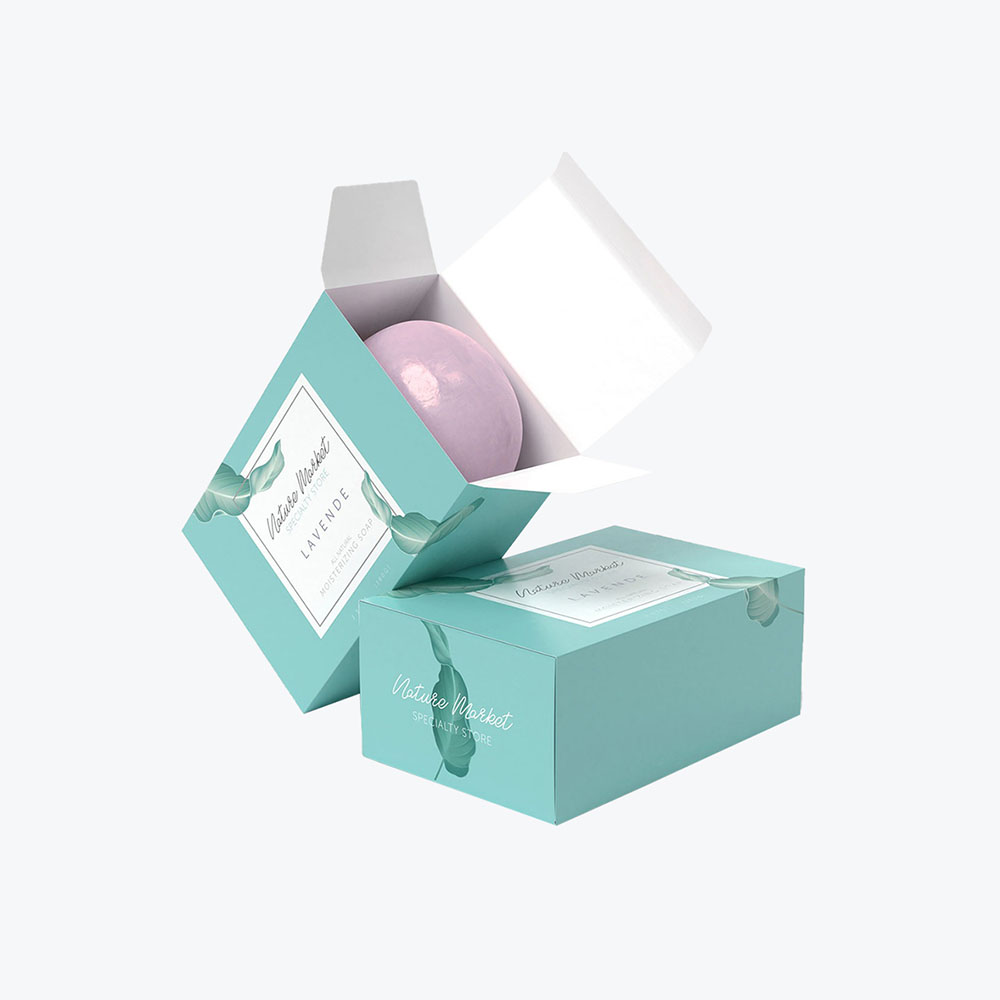
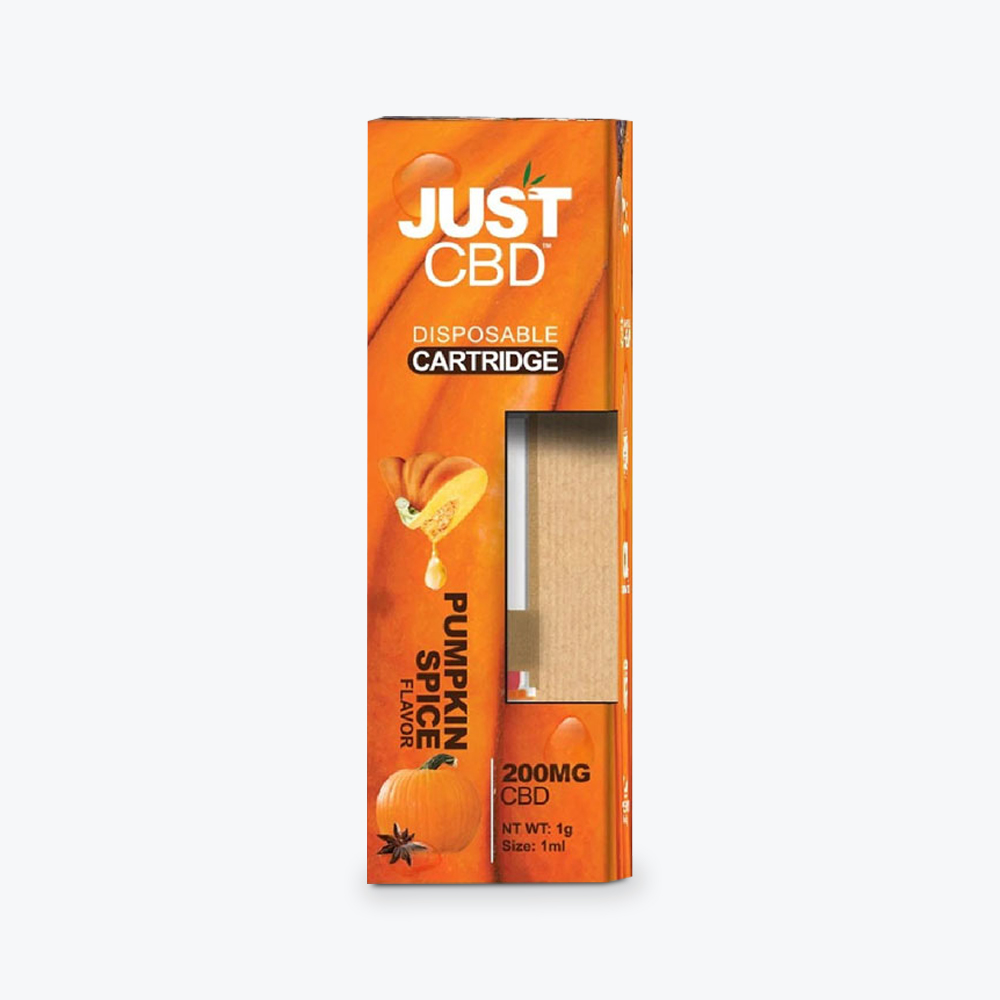
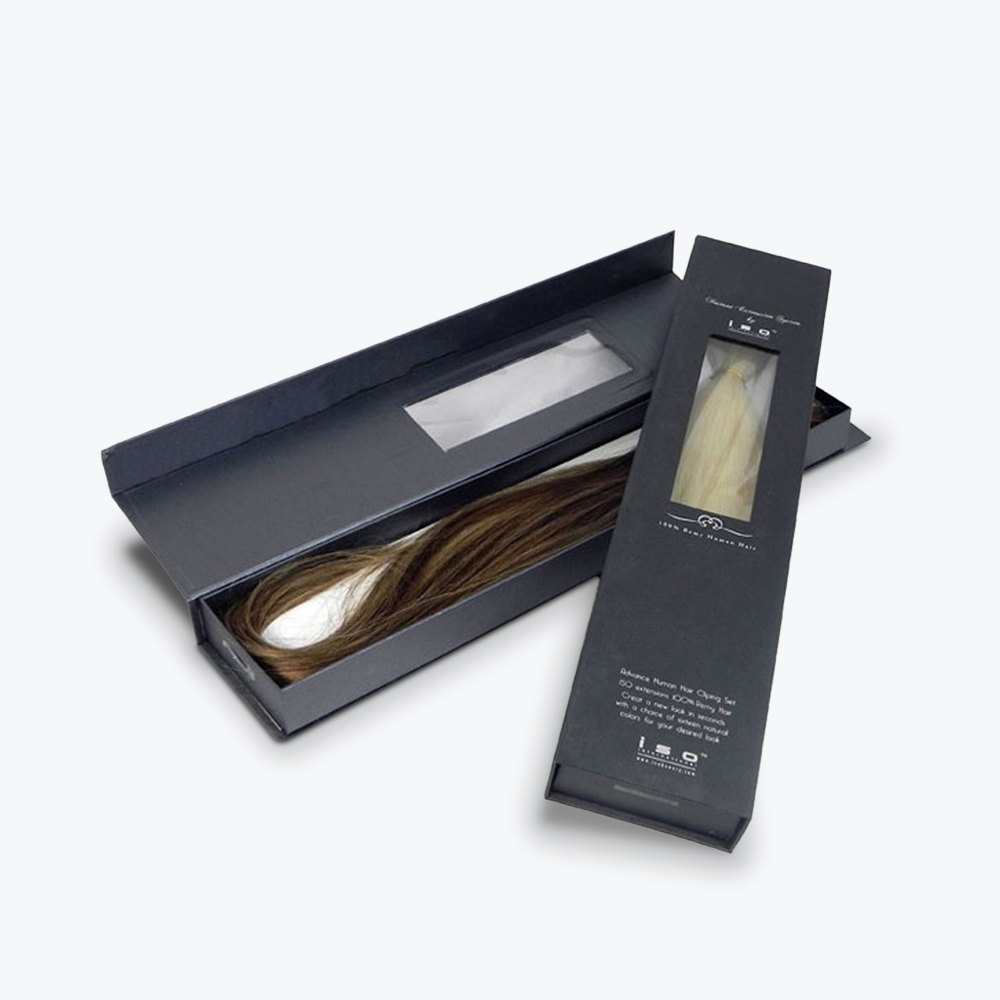


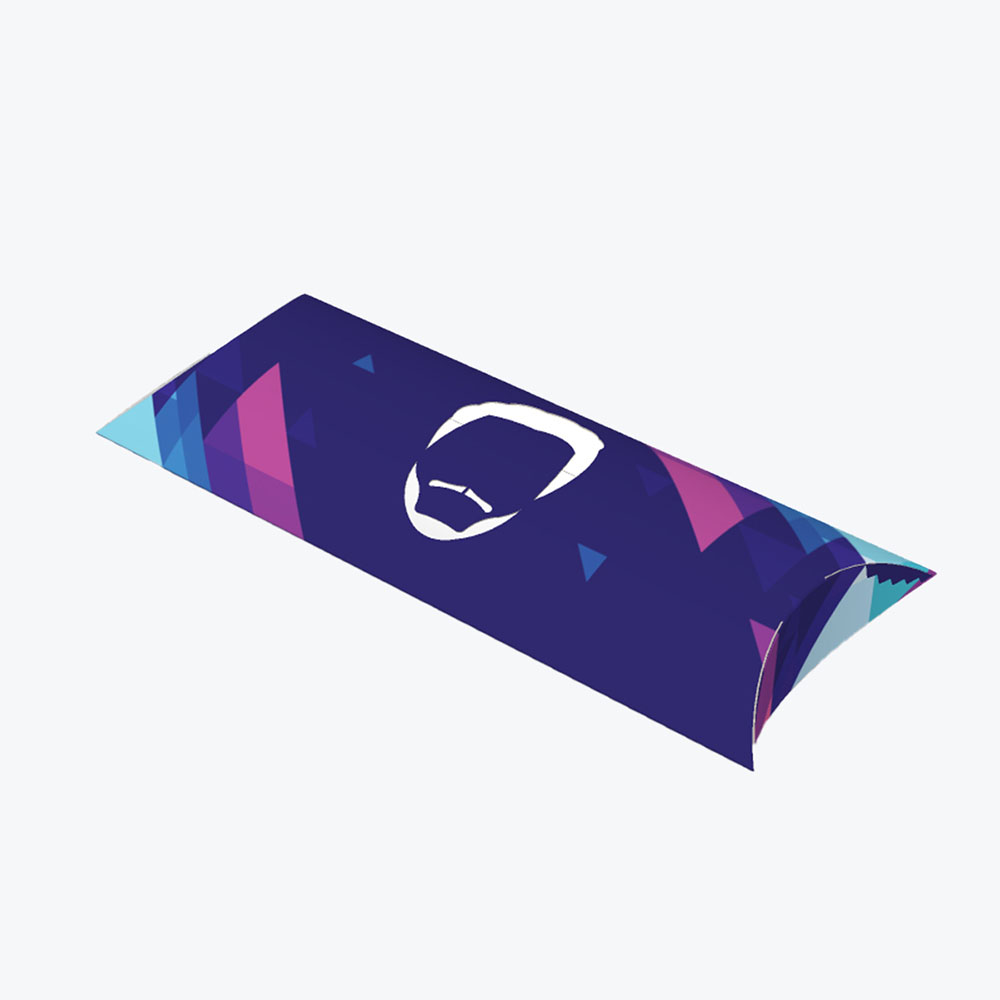

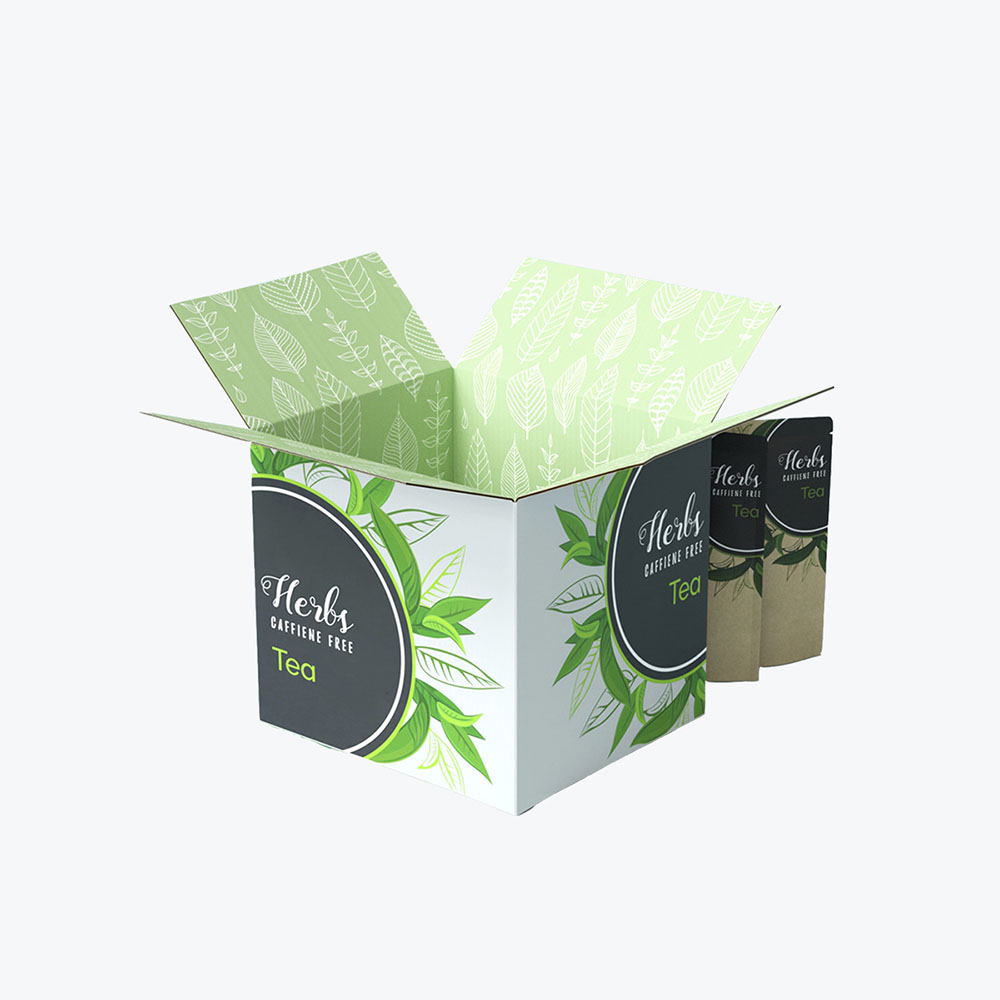

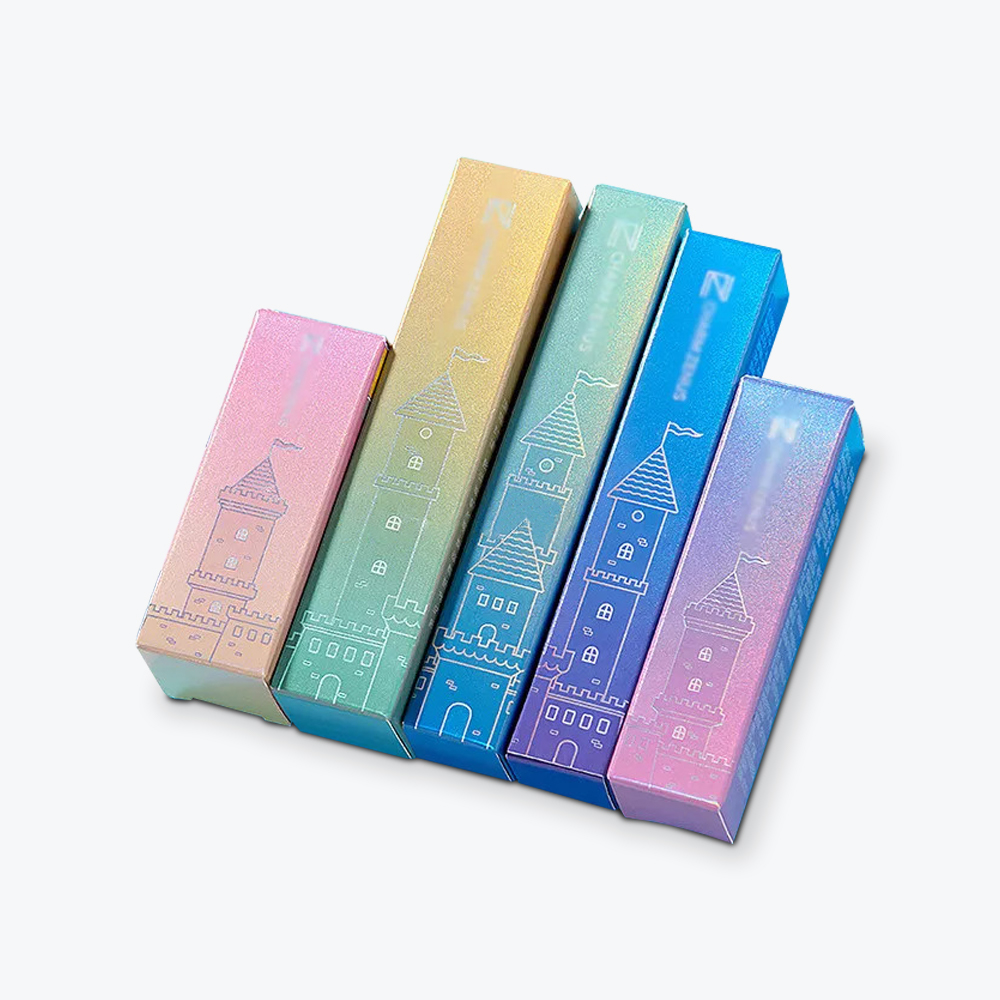

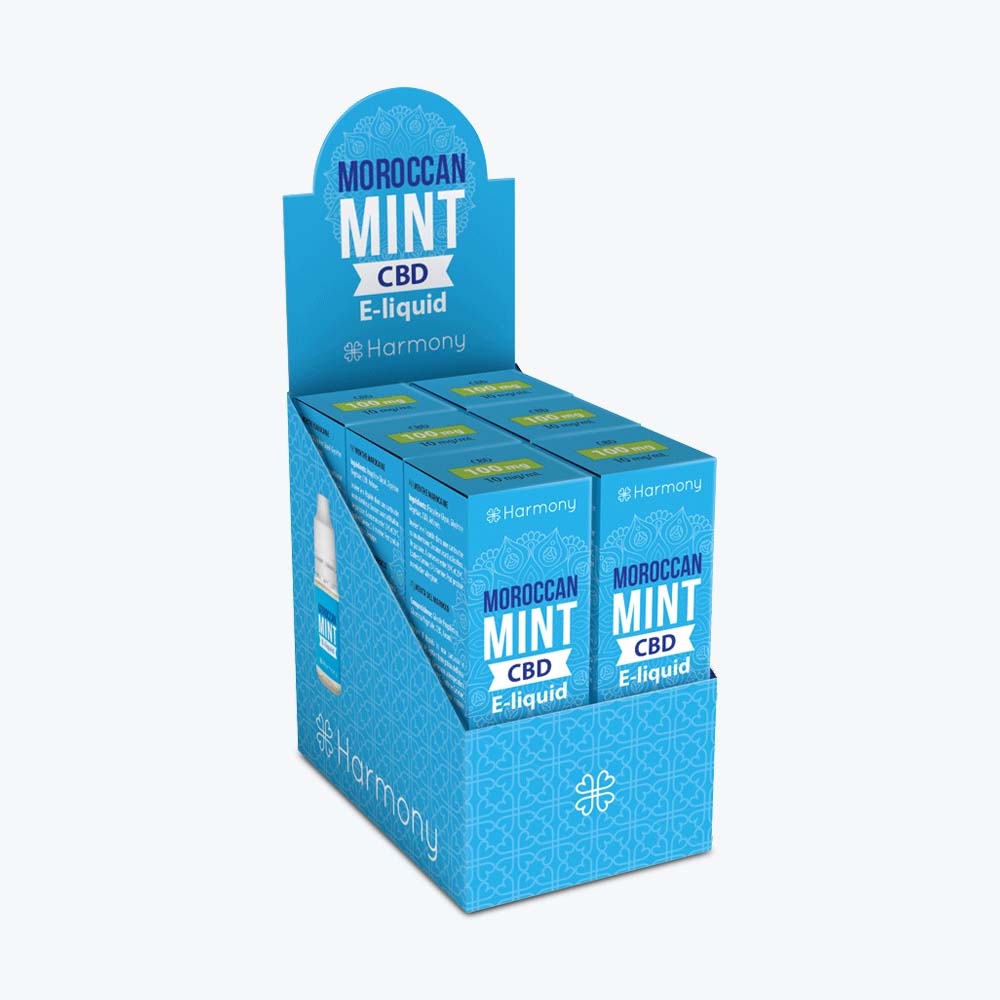
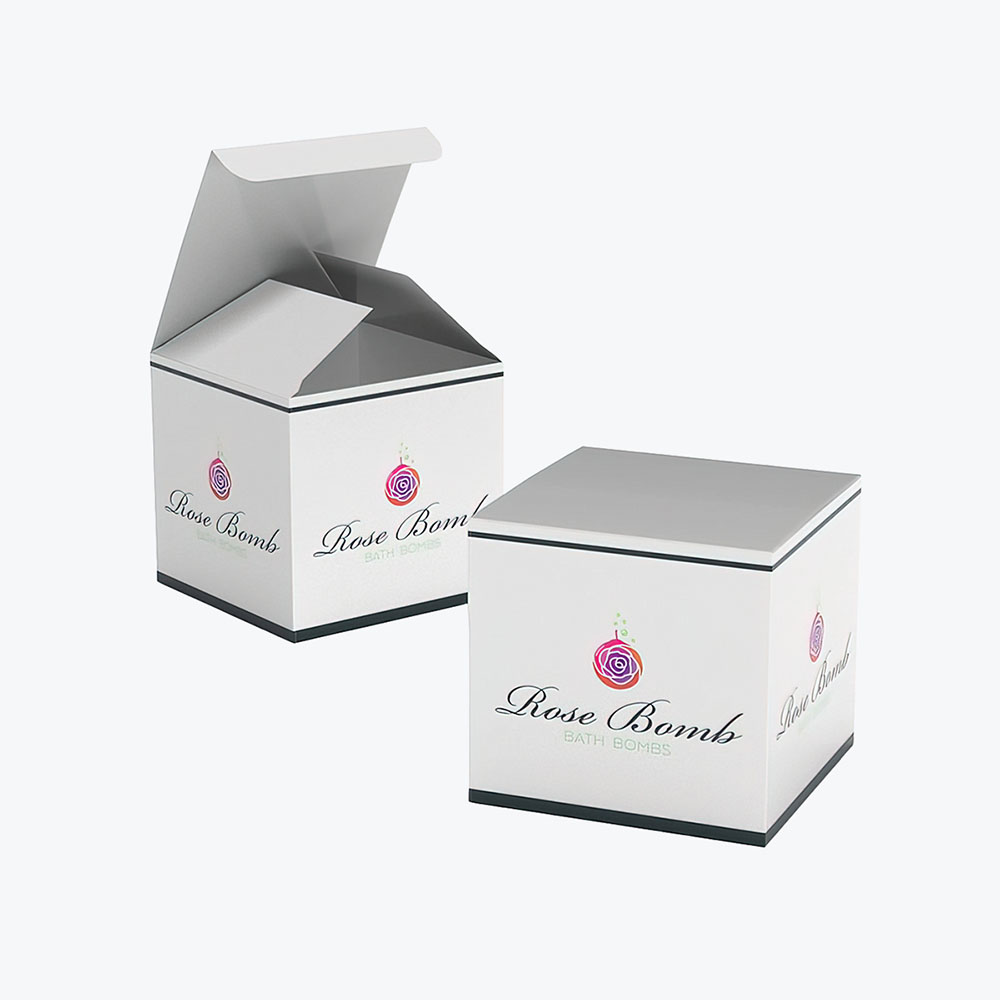
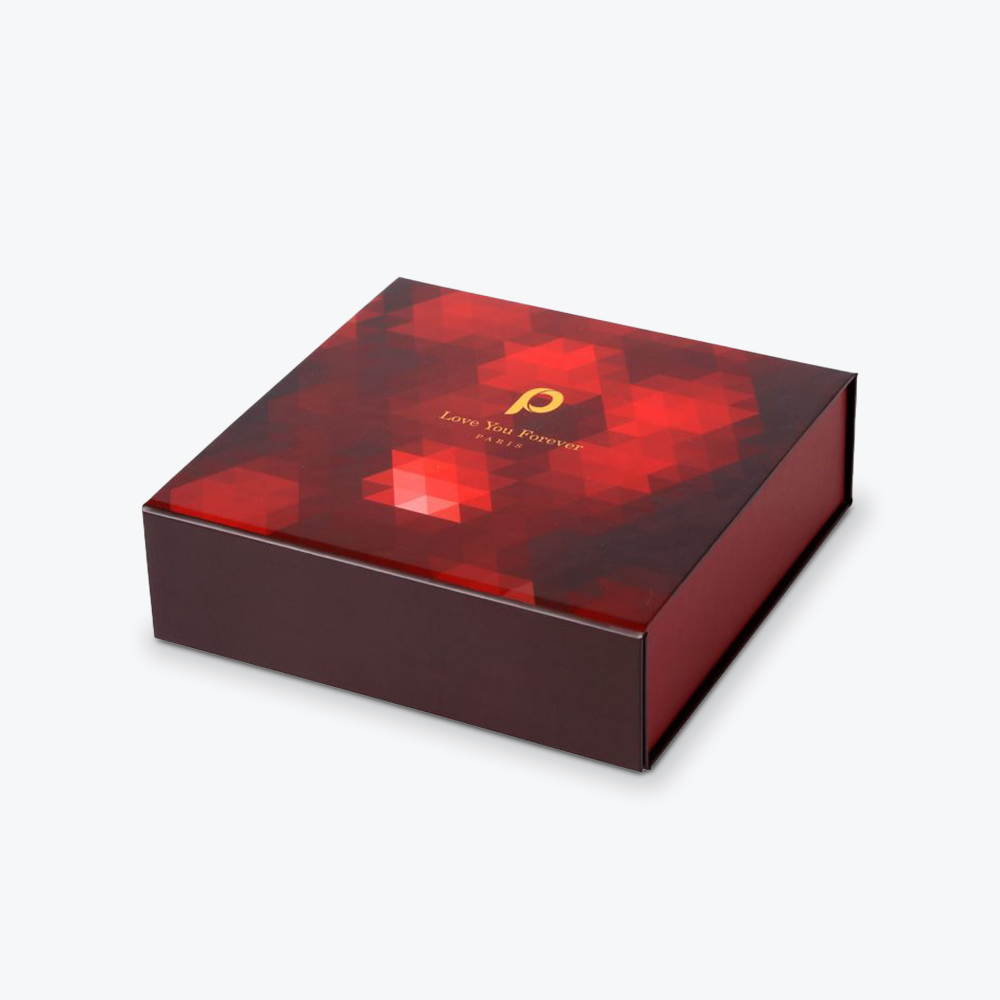
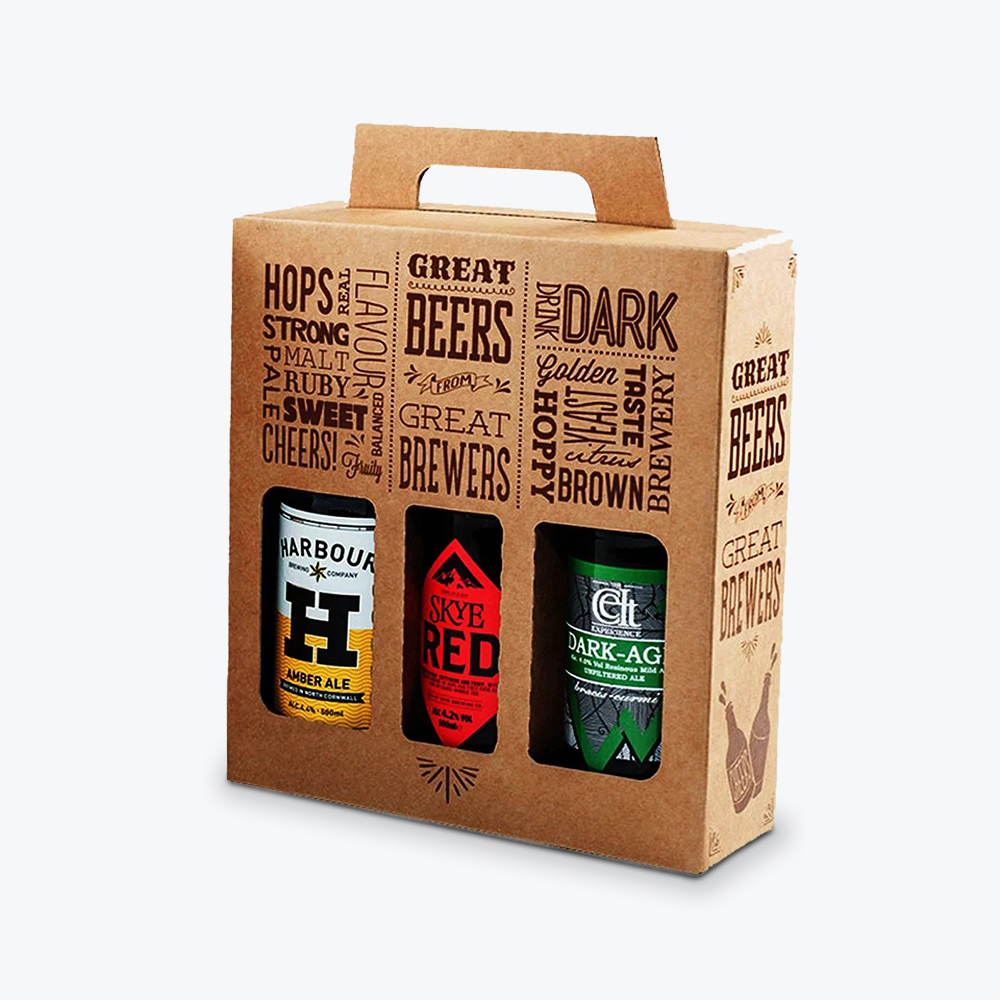
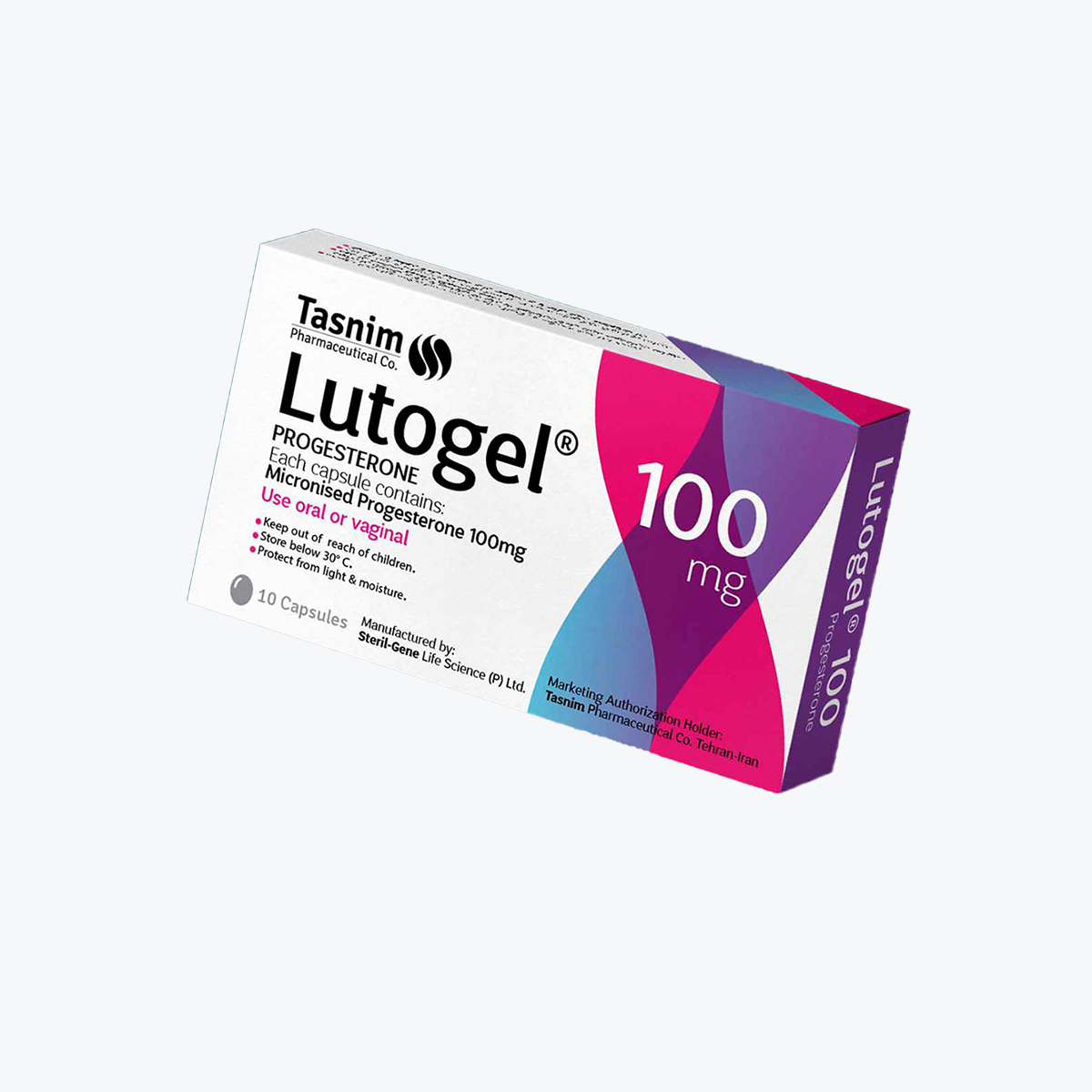
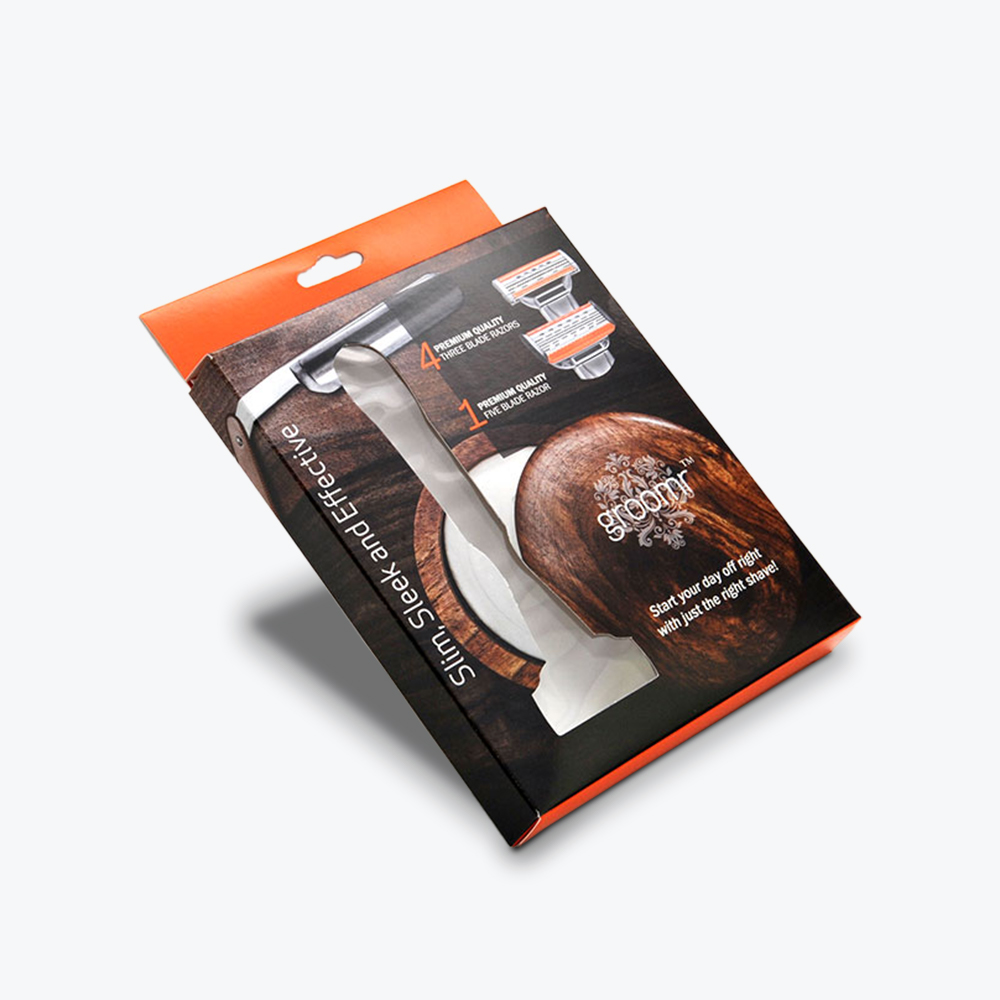

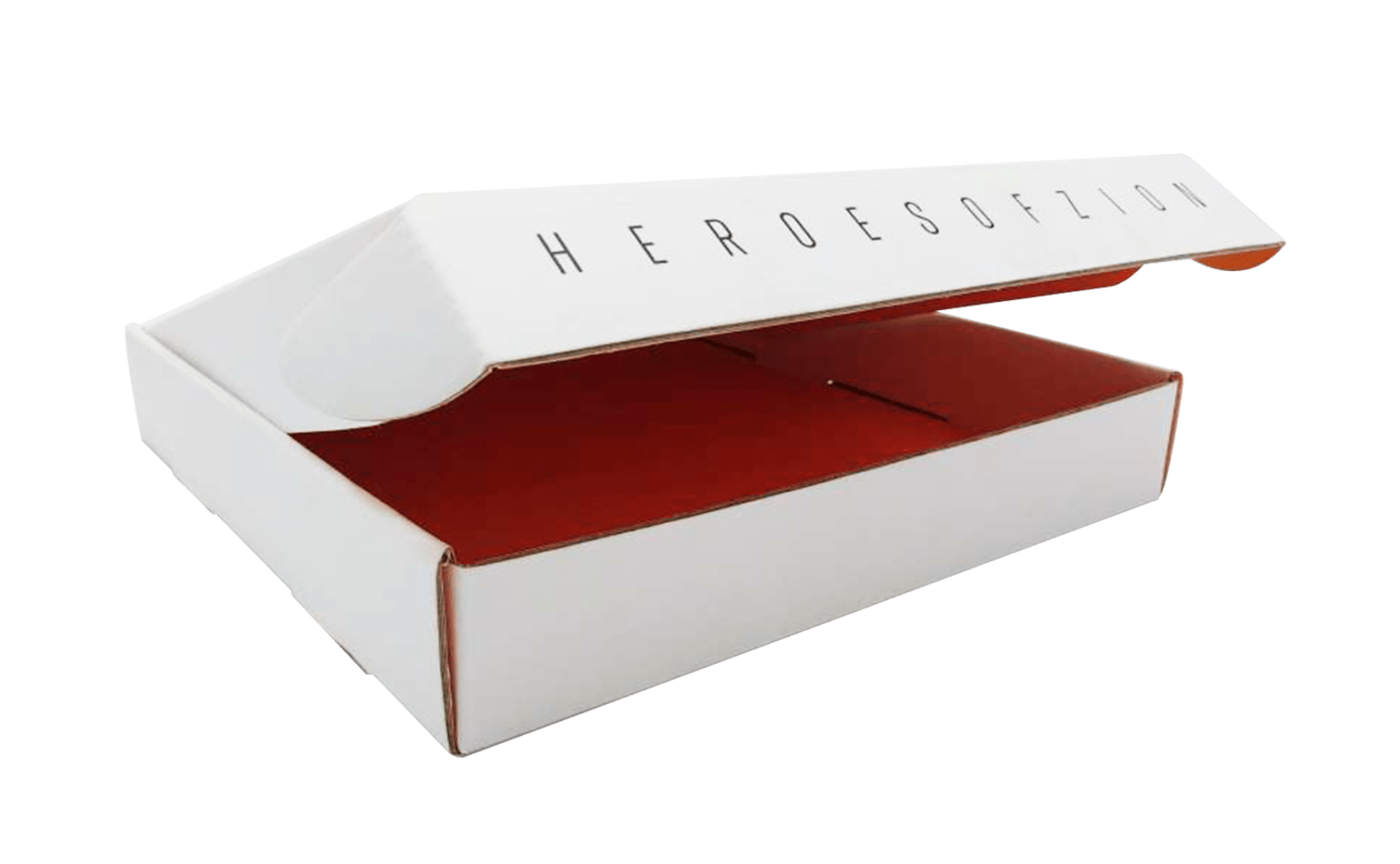
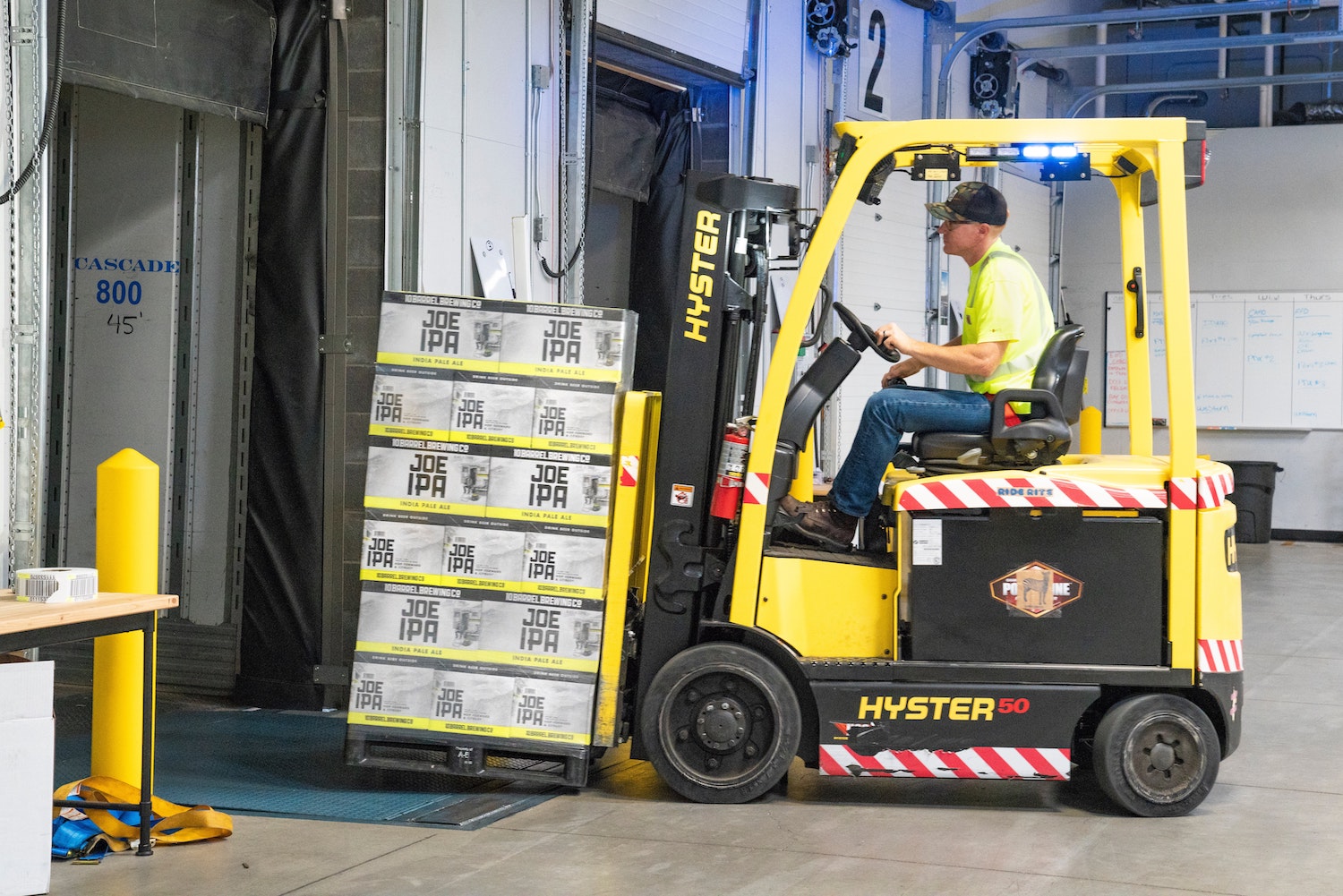
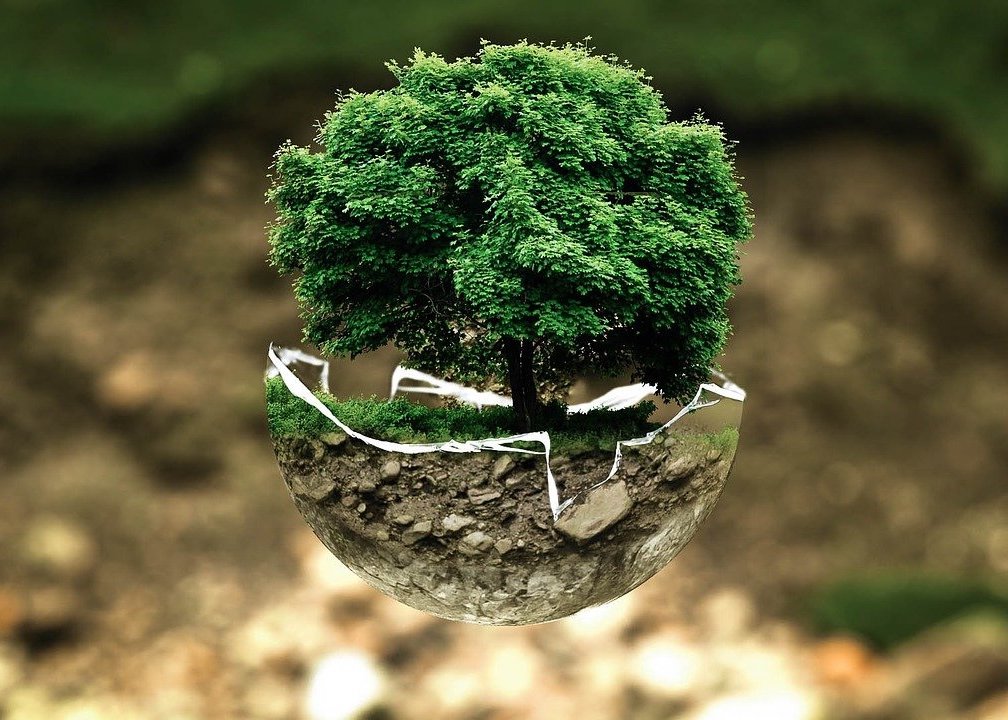

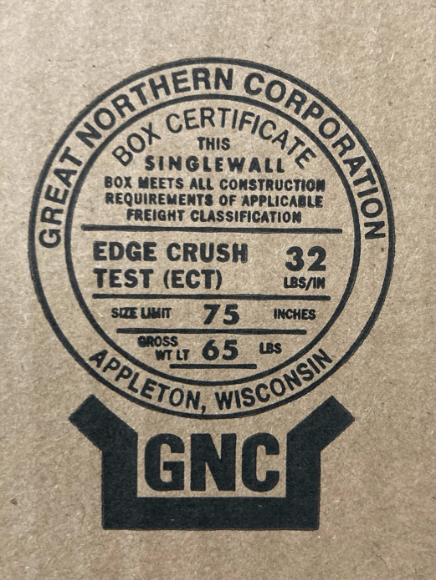
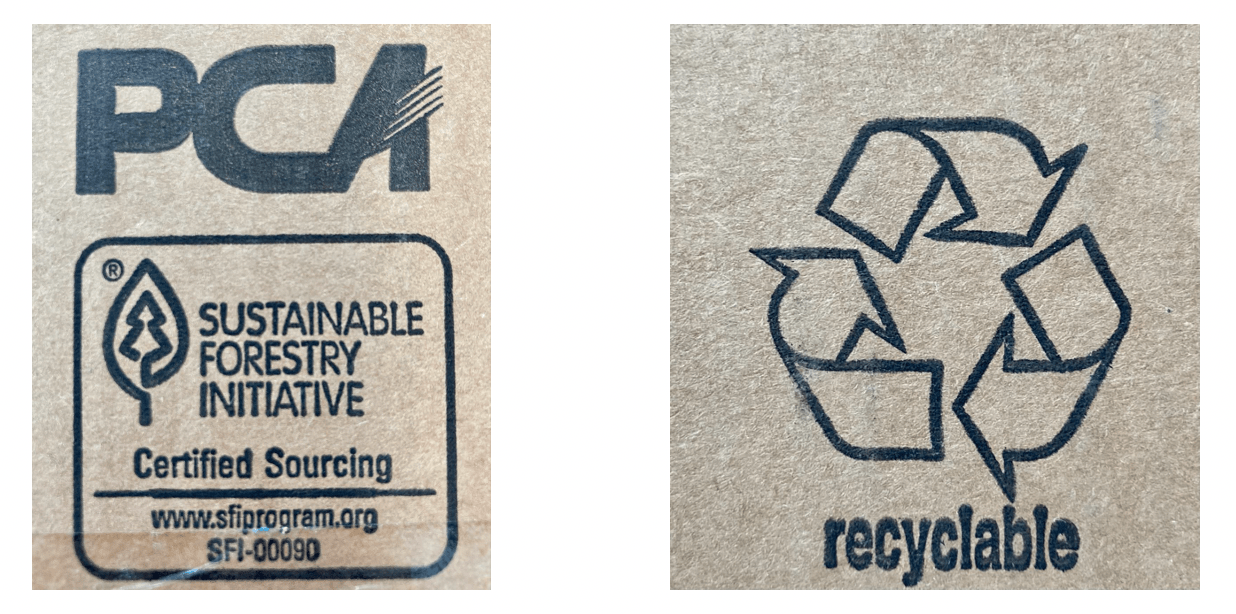
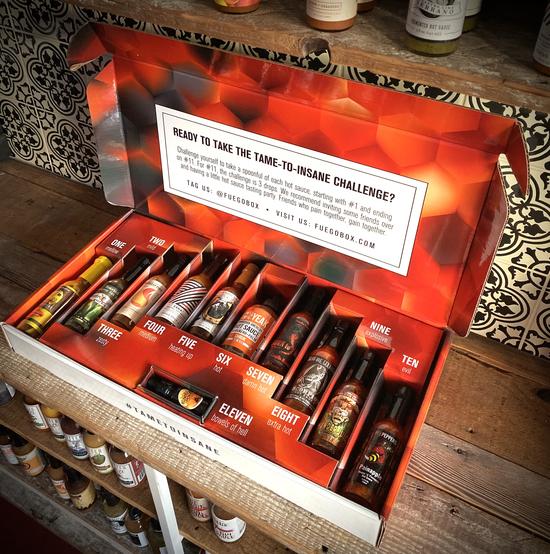
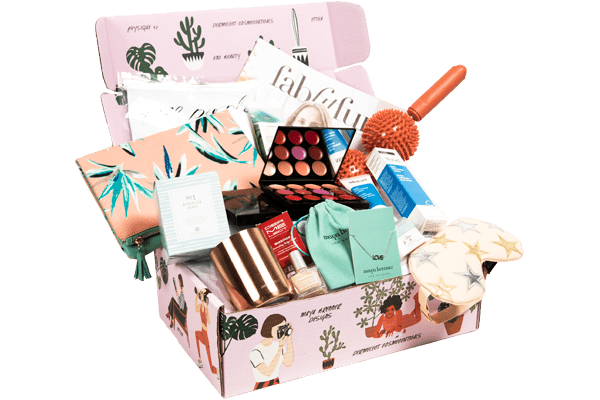
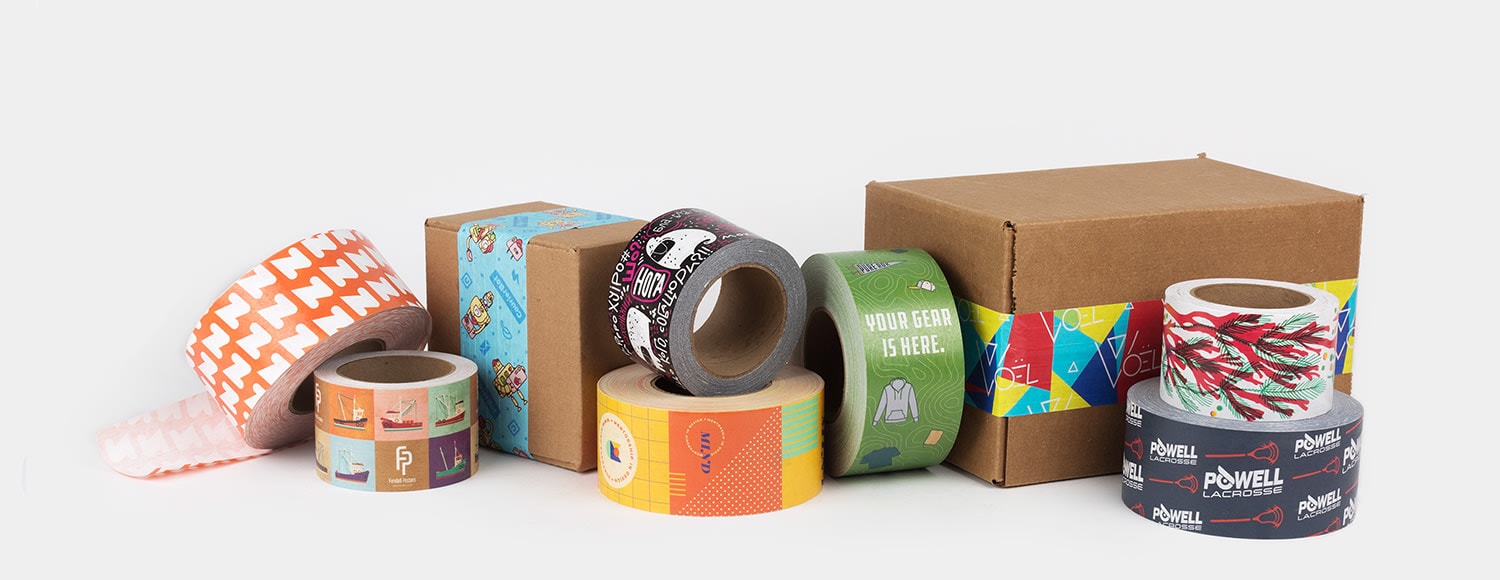
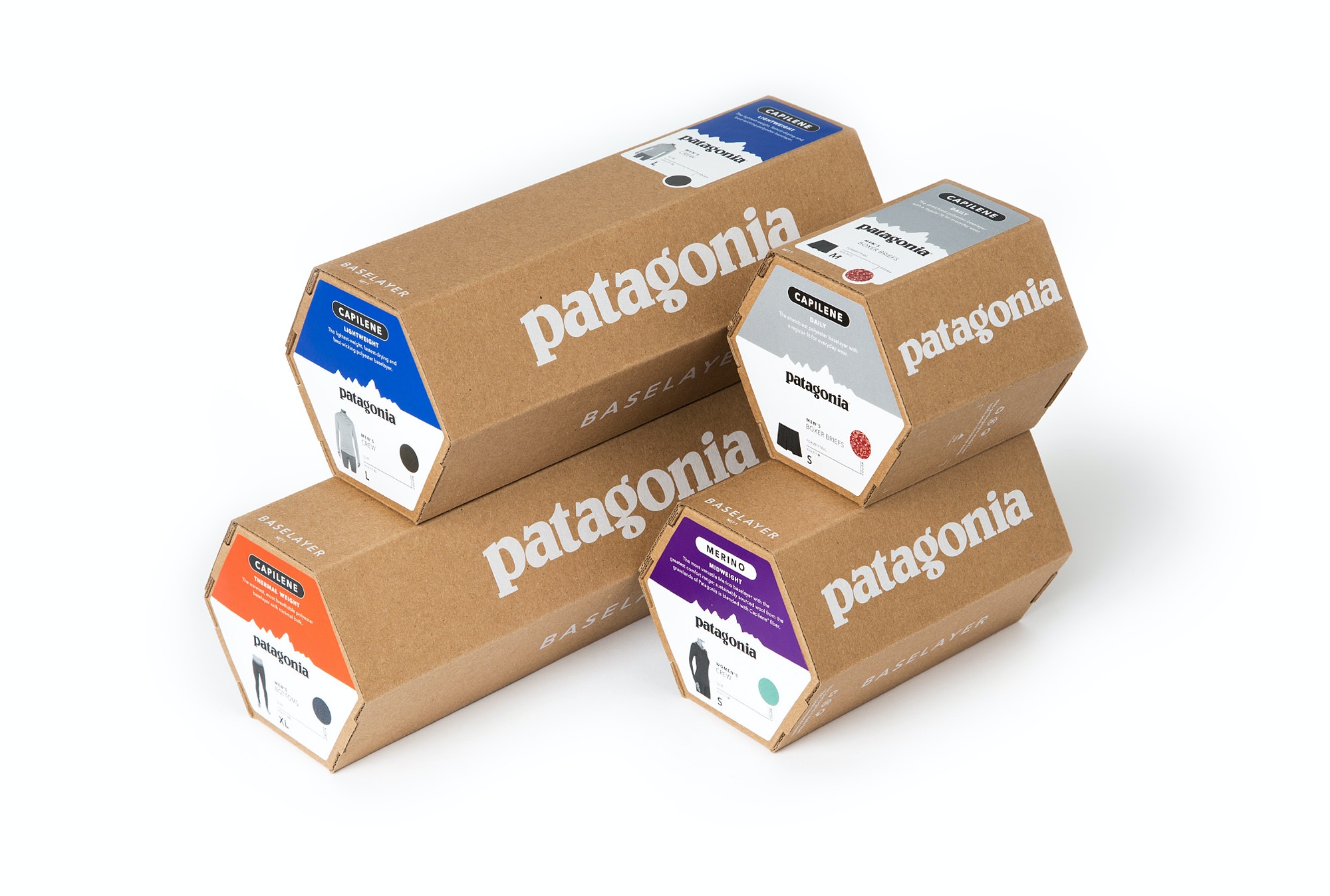

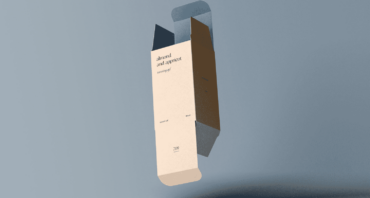
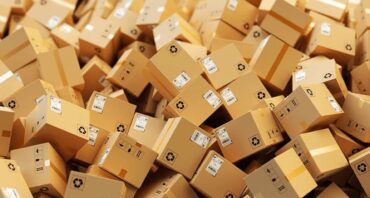
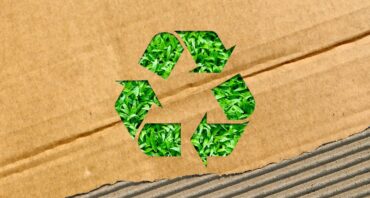
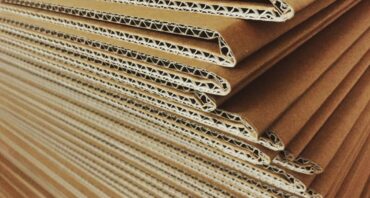
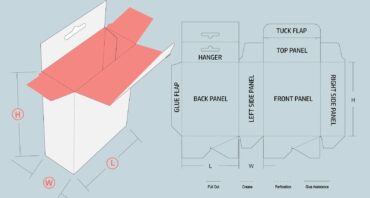

Share